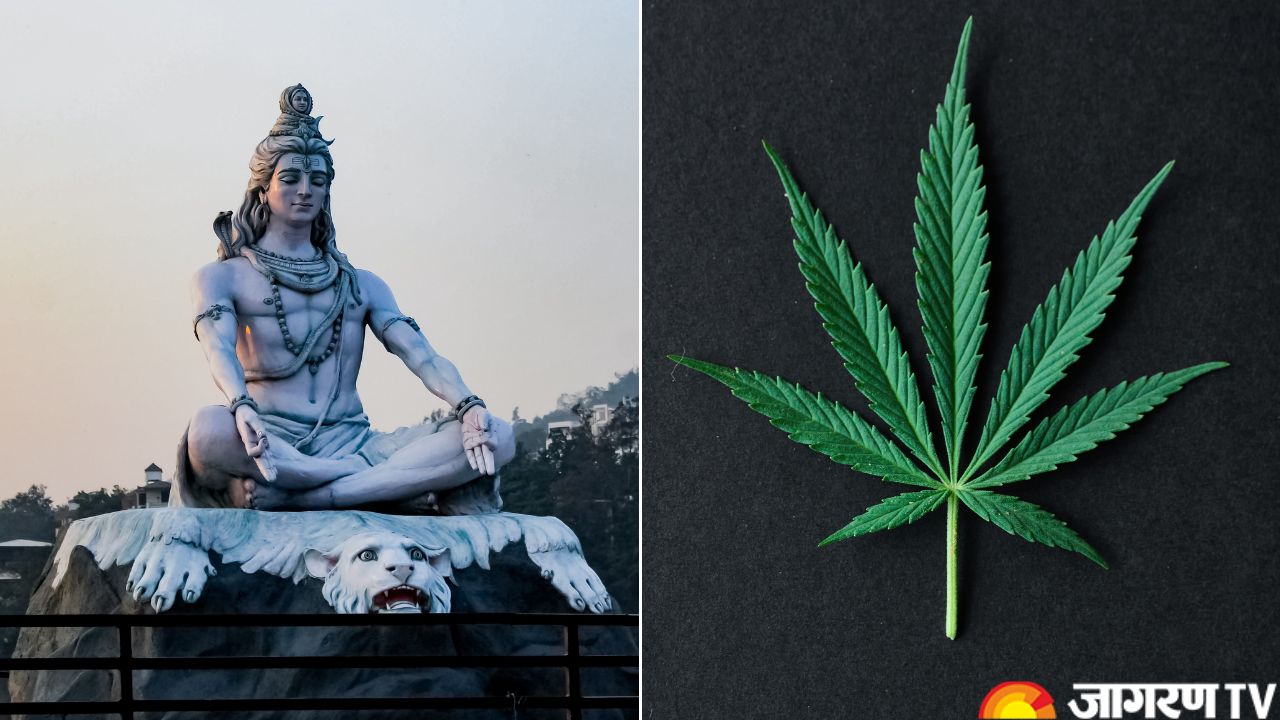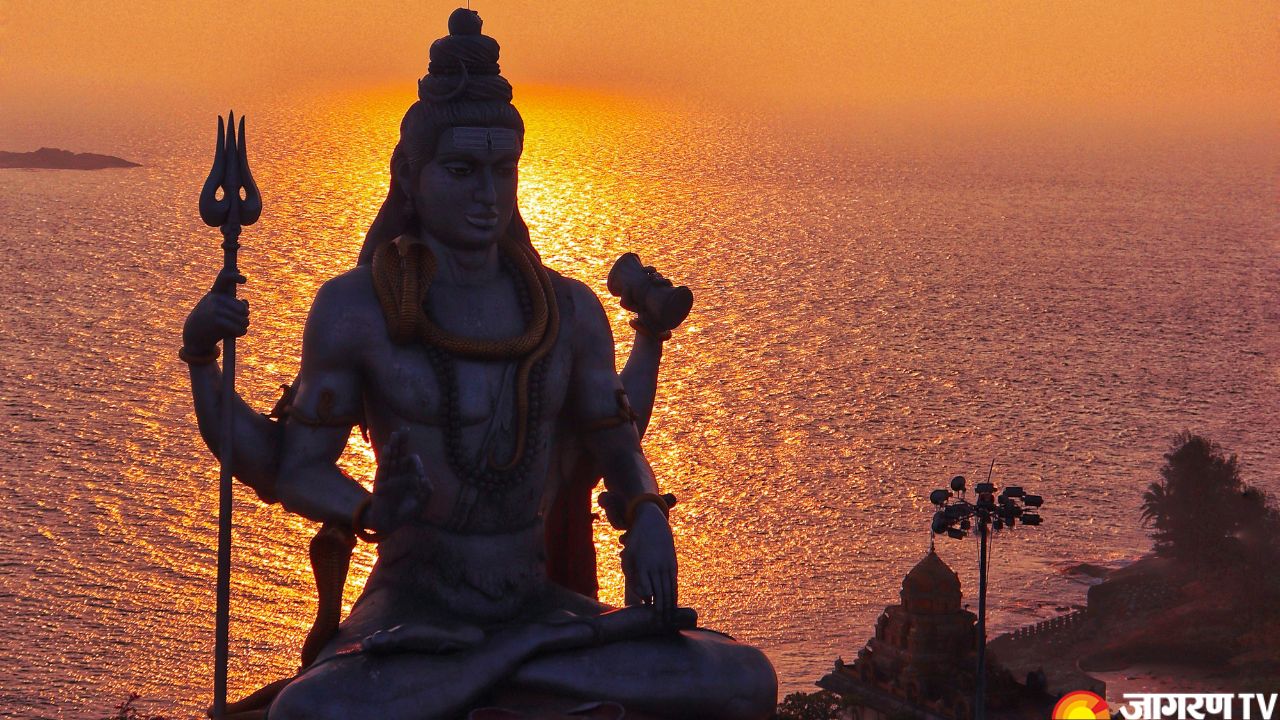Mahashivratri 2025: The History Behind the Ritual of Offering Bhang to Lord Shiva, Know Significance, and More

Mahashivratri 2025: Mahashivratri is one of the most major Hindu festivals, dedicated to honour Lord Shiva. It occurs on the 14th night of the waning moon in the Hindu month of Phalguna ( between February and March). The festival represents Shiva’s cosmic dance (Tandava), his union with Shakti, and the obliteration of ignorance. Mahashivratri is a night of intense devotion, meditation, and spiritual transcendence, and bhang plays an important role. Consuming bhang during Mahashivratri is thought to connect devotees with Shiva’s holy consciousness, allowing them to disconnect from worldly distractions and focus on worship.
Bhang Significance on Mahashivratri
Bhang, made from the cannabis plant's leaves and flowers, has a significant spiritual meaning in Hinduism, particularly in reference to Lord Shiva. According to Hindu mythology, Lord Shiva is frequently seen eating bhang, symbolizing his ascetic and transcendent character. Legend has it that during his wanderings in the Himalayas, Shiva found consolation in the effects of bhang, which helped him stay in meditation and dissociate from materialistic worries. Another legend states that when gods and demons churned the ocean (Samudra Manthan), a deadly poison (halahala) emerged, endangering the universe. Shiva drank the poison to rescue creation, and bhang was given to him to soothe his throat and relieve his pain. Since then, bhang has been believed sacred and linked to Shiva’s divine essence.
Bhang became an essential component of Mahashivratri offerings when devotees began following Shiva’s way of life, seeking spiritual elevation and separation from material concerns. Historical and cultural references show that its consumption in religious ceremonies has been common for centuries. Saints and Shiva followers consume bhang in the form of thandai or edible formulations, thinking that it cleanses the mind and promotes devotion. Bhang is distributed as prasad (holy offering) at Shiva temples, particularly in Varanasi and Mathura, on Mahashivratri.
Religious Significance of Bhang
Bhang is regarded as an elixir of the gods, strengthening the spiritual bond between devotees and gods. It is thought to eliminate negative energy, promote peace of mind, and promote a state of mindfulness, which is consistent with Shiva’s ascetic lifestyle. In the Shaivite belief, drinking bhang is considered as a means of achieving sublime consciousness and inner peace, rather than intoxication. The usage of bhang is also associated with ancient yogic practices, helping sadhus in maintaining focus during prolonged meditation and fasting.
Ayurvedic Uses of Bhang
In Ayurveda, bhang is known for its therapeutic powers and has been used from ancient times to cure a variety of maladies. Some of its medicinal uses are:
-
Bhang works as an analgesic and is used to treat chronic pain, arthritis, and migraines.
-
It promotes digestion and relieves digestive issues.
-
Ayurvedic writings indicate bhang's calming impact on the neurological system, which reduces stress and anxiety.
-
Bhang promotes relaxation and better sleep quality.
-
It is utilized in Ayurvedic formulations to treat inflammation and edema in a variety of medical ailments.
Despite these benefits, Ayurveda recommends careful and controlled usage of bhang, as excessive consumption might have negative consequences.









